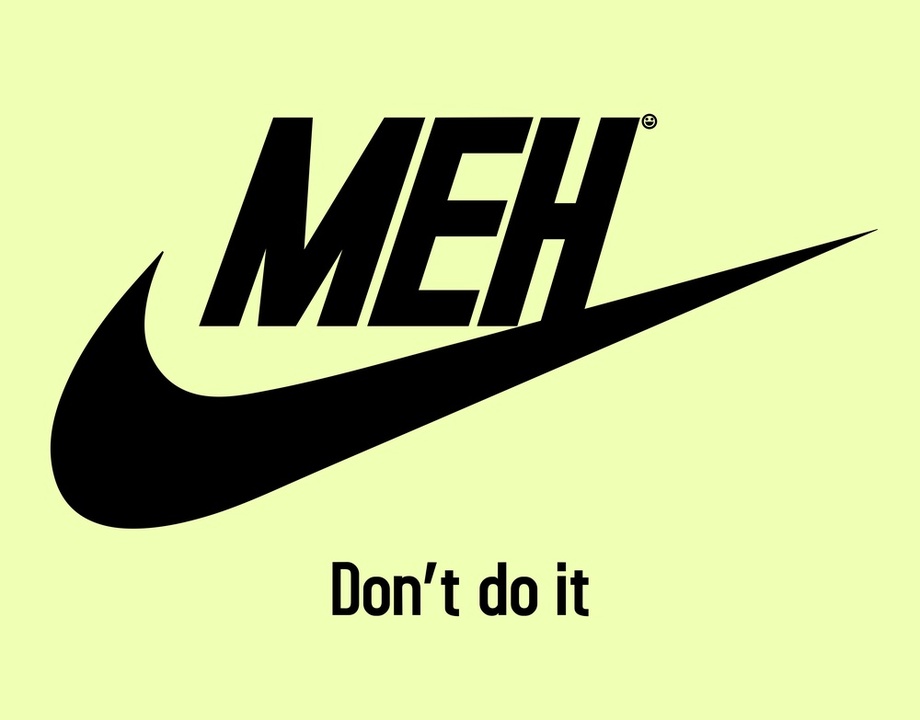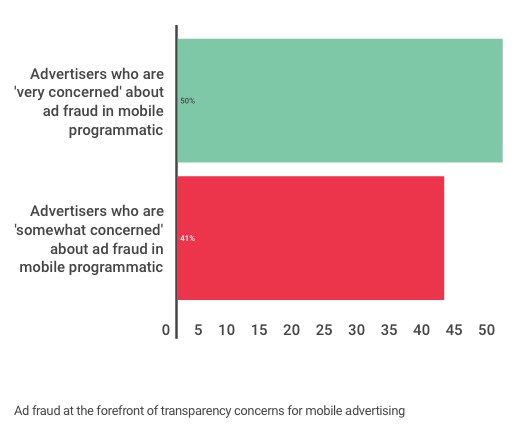 Everything about conducting a business changes in the face of digital transformation. Brands, and the role they play is no exception. Brands are based on a history, a soul and a set of values that is important to it, but they are also shaped on a daily basis by all the things that is going on around them, such as the effects of digitalisation.
Everything about conducting a business changes in the face of digital transformation. Brands, and the role they play is no exception. Brands are based on a history, a soul and a set of values that is important to it, but they are also shaped on a daily basis by all the things that is going on around them, such as the effects of digitalisation.
The effect of this is something that I come across daily. Understanding the challenges a brand sees in the face of digitalisation and solutions to resolve these is more and more becoming a factor for companies to think about
As a brand owner, what functionality do we want from our brands? And has that changed? Well – dramatically. In the old world, were information was scarce, you needed a trust-based relationship between brands and consumers. The role of the brand was fundamentally to signal what you were (i.e. category identification), and to create trust in the consumers that they made the right choice. It was a route to fulfilment that was rather uncomplicated.
The world now is not as simplistic. The most trusted source is no longer marketing, or brands. Consumers are in control – brands are not. Not all brands are born in to the digital world, for those that are – these things are in their DNA. They were built with these premises from the start. For incumbents, usually with large values to defend, low tolerance for idiosyncrasies and inconsistencies, with enormous physical footprint competing with digital presence there is a challenge ahead.
It is an area with many aspects and different viewpoints that are all worthy of examination. Starting from a top down view there are a number of overarching themes that will be outlined below. Each one of these has substantial depth and questions that might be explored in other posts.
- Brand resistance
- Unrestricted distribution and diffusion
- New and fragmented value chains
1. Brand resistance
One effect of the levelled powers of distribution is that consumers are to a fairly high degree in charge of what content they consume, and from whom they wish to receive it. This is one of the most influential factors of digitalisation that has affected brands as well as consumers in so many different ways.
Most brands still wish to be in front of as many consumers as they possibly can. However, they face obstacles on all sides. Traditional advertising has become more or less irrelevant. Reach of mass media, such as TV has gone down dramatically, newspapers alike.
At the same time, the prospect of digital marketing has been proved to be unsatisfactory and flawed since (for one thing) the effect of extreme competition of consumer attention (click-baiting) and the way we measure everything on the basis of reach and clicks (and not necessarily real impact and results) has led to advertisers being manipulated by fraudulent bots etc. There is currently a real breakdown of trust in the digital marketing space.
Years of marketing in this way has led to brands and branded communication to become an indication of irrelevant content. Brands used to be a signal of trust and category indication, and they still are in many ways, but they have also come to be a signal of utter worthlessness. It’s not one brands fault, it is a collective debt that we are now paying off. Some brands deface themselves in different ways, or market themselves with so called un-ads, signalling to the consumer that they understand that they don’t care.
One of the fundamental reasons we are here is that consumers more or less choose what content they are exposed to, and if they are unwillingly exposed they disqualify advertising, brands and content so fast. It is more of a gut reaction than a conscious choice. It is not surprising that we in continue to see that consumers actually put a higher level of trust in reviews from complete strangers, than from what brands claim in their advertising.
So if you subscribe to this view (which for the sake of the argument is a bit simplified – obviously, not all brands are the same, and not all brands has suffered the same dire collapse as I describe here) there are (obviously also a simplification, there are never only two ways to go) two ways to go. Either we build brands, and create branded communication with the intention to restore the rocky foundation it was built upon, by creating trust, utility and value to its customers and consumers. Or we separate content from brands, and create un-branded communication with the intention to become an authority on the topics important to that brand and build connections and brand awareness later or in other ways.
The dynamic between these two positions can be seen as a rubber band. The more indistinguishable the connection between the un-branded content and the brand is, the easier it is to gather the consumers attention (i.e. reach), and as the rubber band loosens up and content and brand is connected, they consumers will deflect and you loose that consumer’s attention – i.e. reach and eyeballs.
We can all agree that a strong, well-known and well thought of brand is an asset, even as we move in to a digital world. The conundrum facing brand owners here is that in a world where at times, attention is primary and the sender secondary, how do you balance those contradictory principles? The risk is that creating reach by un-branded content, you need to figure out a way to reap the benefits of that additional distribution, attention that you achieve. As you get further down the sales funnel, in-bound marketing, like search the connection between brands and content actually really, matters. In this context, brands still function as a way to classify companies and products and to recognise abilities in them and has a direct effect on conversion.
Google’s chairman Eric Schmidt called them crucial to navigate the cesspool of information that the internet has become.
2. Unrestricted distribution and diffusion
Not only are brands contradictory in the problematic relationship between them actually being brands, and not being one. Another ambiguity is how value and appreciation for brands are created with scarcity, yet on the other side of the value creation you have to have distribution. So, here is another balancing act to handle, creating reach and value, without being diluted and over distributed. Digitalisation is at the same time the cause and the solution to this.
Looking back, you could fairly easily control how your brand was used and diffused; getting distribution and awareness on the other hand was expensive and cumbersome, limited to a few expensive channels.
Today there is a constant battle with illegal usage of brands, ranging from situations where companies build products on their data, use others brands to appropriate value and trust from them, and buying domains and search ads to create traffic and attention. The risk here is that eventually brand names, graphical representations of the brand and the values it encapsulates, become diluted and worth less in the eyes of the customer.
Actually, scarcity is one of the greatest tools to build brands – and, in the digital world, that scarcity has to be created artificially.
As brand owner you need to create a system where you on one hand build scarcity, and a demand, but at the same time maximising business opportunities long term. To do this you need another set of principles to navigate, like “whenever our brand is used – no matter where, it should help people understand our services or products better”, or – “our brand should never be used in certain places, mediums or in cooperation with XYZ”.
By such principles you limit what you go after by some order of magnitude, but you also make sure that you strike a balance between dilution and distribution.
3. New and fragmented value chains
During many years the incumbent brands and old corporations have built relationships and trust. They have kept their value chains intact, and they have been able to serve the customers by them selves, relatively unscathed. They’ve attracted customers with a combination of strong value propositions, availability and by being a trustworthy brand. Competing brands divide markets among them in segments, which have the benign effect that consumers can choose from a handful or more, with slightly different value propositions, within the same product or service category.
We are now seeing the beginning of a major shift in how brands and companies function, how they define themselves, and what value propositions bring to the consumer.
This can be illustrated by the changes affecting the banking and finance industry in the wake of PSD2, GDPR and MiFiD II. In other industries, when it is not driven by regulatory forces, this openness is spurred by the fundamental function of the digital platform we call the Internet.
What’s happening is that data and the services built upon them are being separated and the data is no longer owned and handled exclusively by the company – in fact, the data belongs to the user – and she is free to let anyone use that data build services upon. Which in turn means, that anyone can build horizontally integrated service offerings. For brands this development is to a large extent about the traditional concept of brand extensions. I call this the the core and the edge, and the question is how to aggregate and expand without straying to far off from the limitations of the brands promise and trustworthiness.
The age of the mega-aggregator
As regulatory forces combined with the fundamental functionality of the Internet plays out, we are entering the age of the mega–aggregator.
The aggregator’s value proposition is that convenience and automation, trumps choice, engagement and brands. In most cases, the value of automation and simplicity supersedes the value of choosing the exact brand and the experience of having to go through that process.

As consumers’ attention span and ability to engage during the last century has diminished substantially, the value of the one who simplifies has gone up.
We really don’t want to do anything anymore, unless it’s paid labour – or fun. As I look at my own life, I have automated some parts, and outsourced some others. In some areas, brands matter more, but for many areas they really don’t anymore. My parents did basically everything them selves, for example buying groceries from a house of brand- store, cooking food from scratch. The linear progression here is evident, and the argument for it to continue seems logical.
Slowly, at first, Internet made possible the growth of aggregators in different segments. But Amazon, for one, is not doing anything half-assed. All signals points towards an automated future that integrates every aspect of your shopping life – owned by Amazon. Alexa, drones, Amazon Prime and The Whole Foods acquisition creates an outline for this strategy that makes it clearer and easier to see. They also, from the beginning has a brand proposition that encapsulates this idea of everything from A to Z (look at the logo).
So, if Facebook is our social platform, LinkedIn our professional, it almost seems like Amazon is aiming for being our “life” management platform, that makes our daily chores for us, and in the process have the opportunity to catch almost all of our spendable income.
The idea, academically highlighted by Clayton Christensen, is that corporations’ has one fundamental job to solve for consumers. That means that the scope of addressing the needs of your customers has expanded. Now, we rather view the core business as an expandable base to simplify and solve the core but also the edge needs and behaviours that our customers might have. In effect, you stop thinking about specific target groups or segments – the target group instead becomes everyone that can be a part of a customer journey that the corporation builds.
Our way of buying cars is a great example of an area where this trend is evident. Imagine the brand value of premium cars. We desire them and we attribute great value to be able to own one. At least that has been the case. As moving myself from point A to B is getting automated, driverless and far cheaper, the symbolic values (status) that I get from owning a Tesla diminishes radically. The job to be done is to be transported. With new technology this is done with ease and simplicity. In 20 years time, what is the fundamental aspects of a premium car?
Obviously, this trend is somewhat worrying for segment or niche brands. All the emotional factors, the buffer of loyalty, that brands have spent years and loads of resources to build in to their marks, is neutralized by the concept and proposition of automation and simplicity – that Amazon and their mega-peers will offer.
Conclusion
On a deep level, a brands aim is to establish a monopolistic market situation. Not a monopoly in the traditional sense, but a monopoly of loyalty and by means of creating a superior experience that leaves little need for anyone to look elsewhere – a soft monopoly if you like.
As we continue to compare the old days with the current situation, this soft monopoly in the old days was about creating a position in where the consumer favoured your brand, despite the fact that there might be others that are better. It sought to create a buffer for exit (a.k.a. loyalty) and to simplify the process of choice by creating trust within that single brand, basically taking up as much mental space as possible in the consumers mind in that category, whereas now, it is about solving a fundamental need in the consumer’s life and stretching that out so that the need for anyone else is dissolved.
All businesses change over time. It’s an inevitable progression. Gas stations becoming grocery stores with gas is a very apparent example of this. But this means that the categorization scheme has become eschewed. In banking for instance, compare “I need a loan”, to I need a means of transportation or a place to live. As an entity that has the ability to give credits efficiently, should they merely provide loans, or a simple way for consumers to handle their habitat or transportation needs, and what services are connected that might provide additional value?

As for banking, it was once an important stand-alone service that in the future will be merged with others and developed in to something else completely. The parts that are fit for automation will be, and others, with complex personal and individual needs will be high value services.
For brand owners, it is about handling this extension in people’s minds, of what we are, what we provide and how far that particular brand is able to stretch itself.


